
Perhaps it was just a coincidence that Geely chose to officially release the Geely SEA Vast Intelligent Evolution Experience Architecture the day after the "Tesla Battery Day". To be fair, although Tesla had made a lot of progress in battery technology, compared to the many technical highlights of the SEA architecture released by Geely this time, it was really weak.
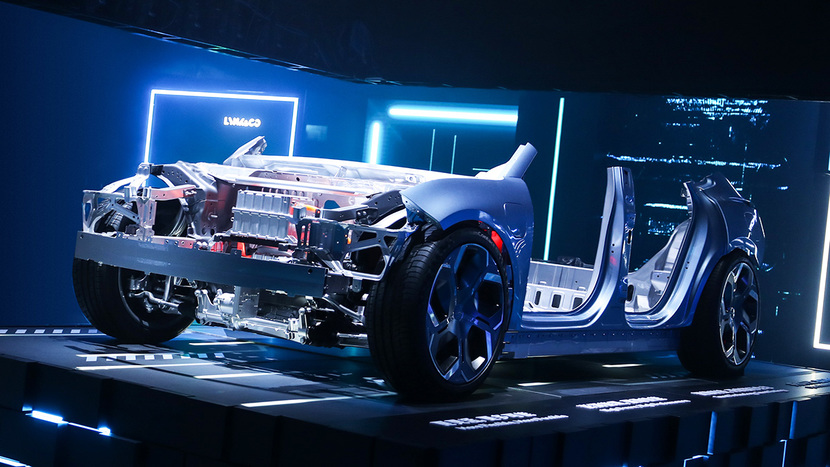
In a way, this is not just a pure electric vehicle platform for Geely. According to my understanding, the SEA vast architecture is simply a huge high-tech "ammunition" created by Geely for the development of future pure electric vehicles and smart cars. The Lynk & Co ZERO concept car unveiled that night is the first model based on the SEA architecture, and the production version will be delivered in the second half of 2021.
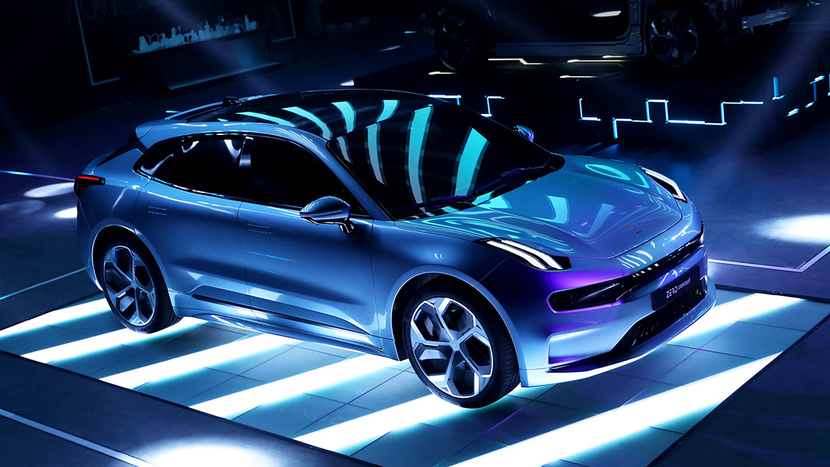
When I was at the scene and saw the technical indicators that were printed on the screen, I was really shocked. Here are a few of the most critical technical indicators to chat with you.
First of all, the SEA architecture can adapt to the wheelbase from 1800-3300mm, A-class car to E-class car all model specifications, in addition to sedans, MPVs, SUVs, and even support pickup trucks. This is really impressive. What is the concept of 1800mm and 3300mm wheelbase models? The recent Internet celebrity model Wuling Hongguang MINI EV has a wheelbase of 1940mm, while Mercedes-Benz’s new generation S-Class has a wheelbase of 3216mm.
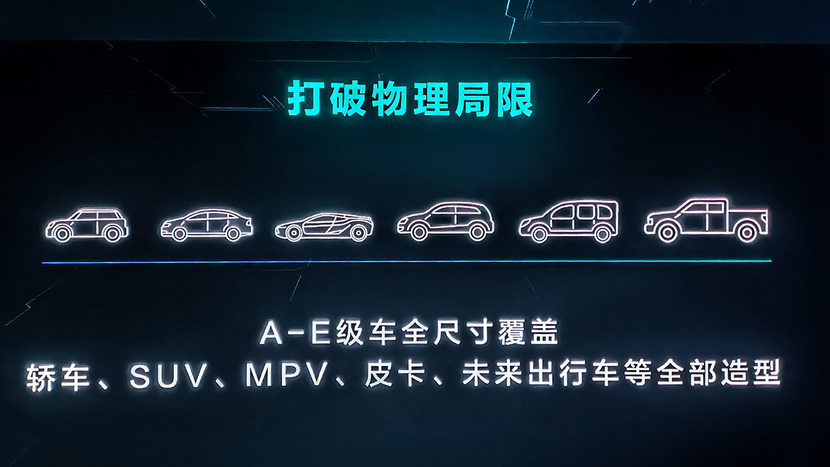
Does it feel a little scary to think about it carefully? The compatibility and scalability of SEA’s vast architecture is indeed amazing, enough to allow Geely’s brands to easily create high-performance but differentiated pure electric models. This means that Geely’s brands will have a huge advantage in both the research and development cycle and the cost of R & D and production. According to official data, the development time of new pure electric models in the future will be shortened by 50% compared with the past.
Is this kind of play a bit familiar? Volkswagen Group did this, but in order to distinguish between ordinary electric vehicles and high-end luxury electric vehicles, Volkswagen created two pure electric platforms with different positioning, MEB and PPE, respectively, but the scalability of each platform is not so great. But Geely did not do this, relying on a SEA architecture to win the world.
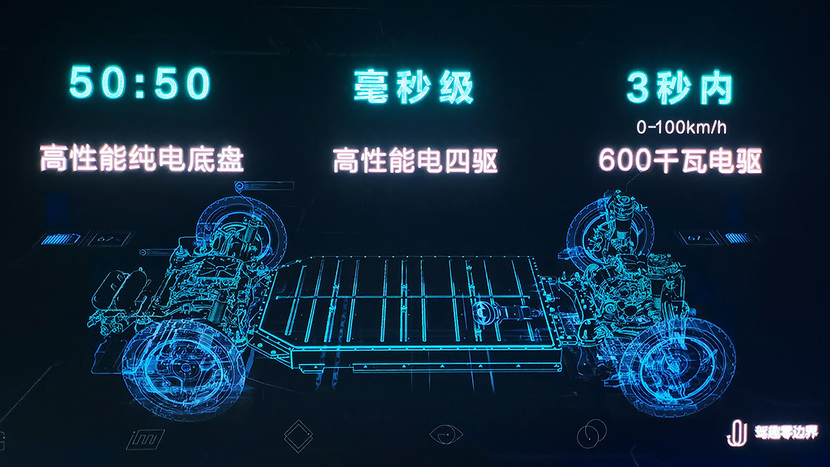
From this perspective, the technical value of the SEA architecture is obviously higher. You know, electric vehicles with a wheelbase of more than 3 meters will have significantly higher requirements for the performance, driving control performance and even various safety of the three-electric system. For the three-electric system under the SEA architecture, Geely has set technical indicators today, which are quite leading even in the world.
The battery has always been the core of pure electric vehicles. At the press conference, Geely announced that the pure electric vehicle with SEA architecture will be equipped with the longest life battery in the world, which can ensure 200,000 kilometers without attenuation and 2 million kilometers long life under NEDC conditions. Among them, the NEDC cruising range of 110kWh modular CTP integrated battery pack is "easy" more than 700 kilometers. This word "easy" is indeed the original words of the scene.
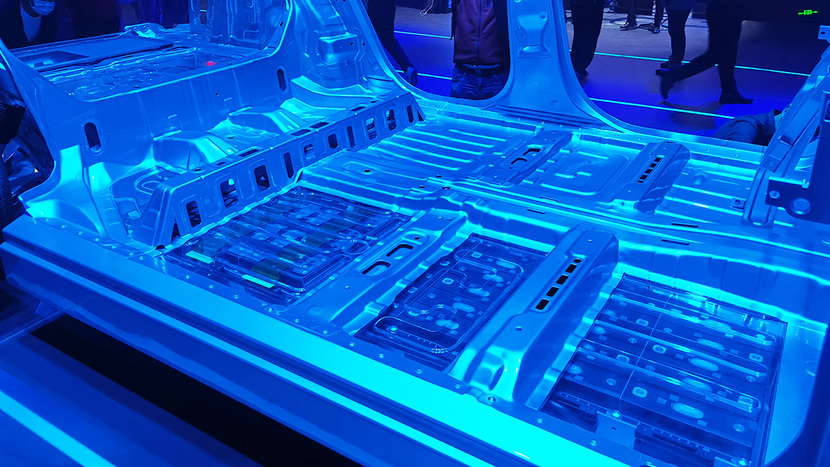
Even on a fuel car, 200,000 kilometers of mileage means that for the vast majority of car owners, it takes nearly 10 years of long-term use. So Geely’s subtext is very straightforward, that is: battery life is much longer than the life of the car body.
However, since there was no detailed introduction at the meeting, what technology or new materials did Geely use to achieve the ultra-long life performance of the battery, this suspense can only be left for future research.
In terms of electric drive, Geely’s SEA architecture supports high-performance electric four-wheel drive systems, which means that models with front and rear dual motors will definitely be launched. Geely has also independently developed a high-performance two-speed electric drive transmission with a maximum load-bearing torque of 8000 Nm. Another thing that particularly caught my attention is that the SEA architecture is compatible with high-voltage systems from 400 to 800V, which can be charged for 5 minutes and have a battery life of 120 kilometers.
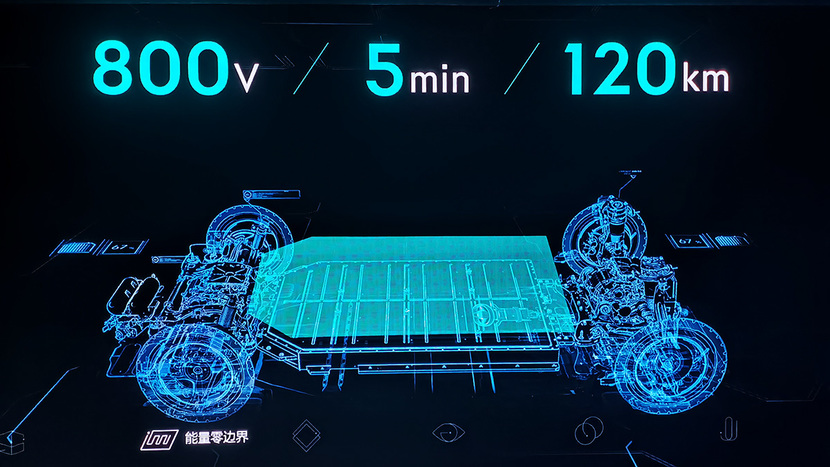
Many people may not know what the use of 800V high voltage system means. Let me give you the most intuitive reference. At present, the Porsche Taycan is the first mass-produced electric vehicle in the world to use 800V high voltage system. Most other pure electric vehicles still use 400-500V voltage system. Using a 400V system means that the working voltage of its motor, battery, electronic control and other related systems is in this range.
What are the benefits of an 800V high-voltage system? Let’s do a simple popular science first. Friends who have studied physics in middle school know that power = voltage X current, so at the same power, the higher the voltage, the smaller the current. Smaller current can not only reduce the loss of power and reduce the heat generation of circuit components (which is crucial for electric vehicles), but also prolong the life of electronic parts.
The benefits of using a high-voltage system are many, but the most direct and obvious benefit for users is the increase in charging speed, or this is the confidence that the SEA architecture can achieve 120 kilometers of charging in 5 minutes. At present, the Porsche Taycan natively supports the use of 250kW high-power fast charging, and it is said that it can also support 350kw fast charging. Maybe, Geely can do it in the future.
But achieving high voltage is not an easy task, involving all aspects of technology and cost. Of course, Geely cannot use the 800V voltage system in all future models, especially the low-end entry-level models are likely to still use the 400V system, but from the SEA architecture setting, Geely is ready to launch high-performance high-end large-scale electric vehicles in the future.
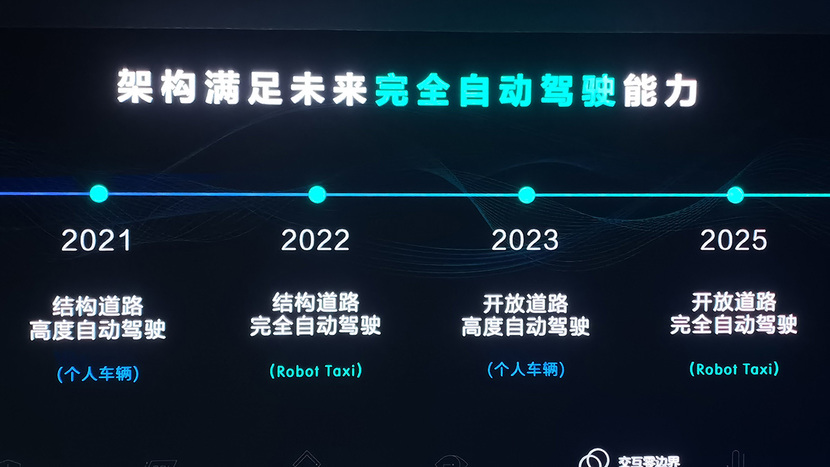
In terms of autonomous driving, according to Geely’s official statement, SEA’s vast architecture has the ability to meet the requirements of fully autonomous driving, and can support the implementation of autonomous driving functions such as hands off, eyes off, autonomous parking, automatic lane change, and automatic navigation.
Is this a big pie for us? Geely said that personal vehicles based on vast architectures will achieve a high degree of autonomy on structured roads in 2021; by 2023, they will achieve a high degree of autonomy on open roads. Whether it can be realized by then, we will wait and see.
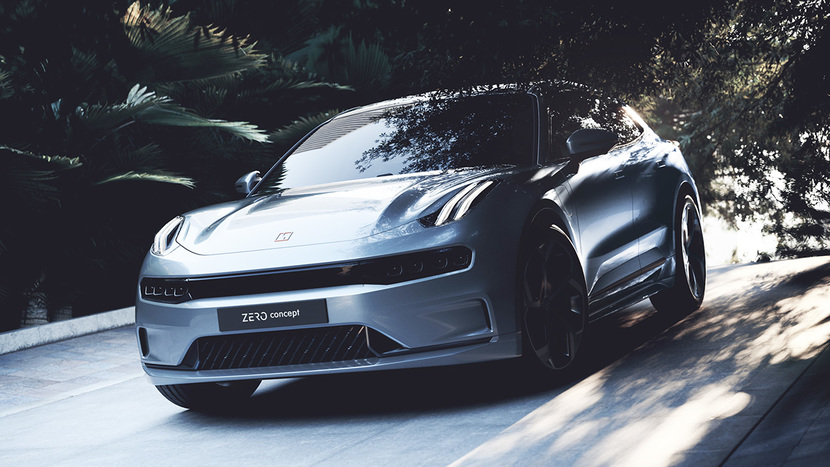
Finally, let’s talk about some information about this Lynk & Co ZERO concept car.
The ZERO concept car on the scene has a very high degree of design completion, and I believe that there will not be many changes in the future production version. The front face is still a family design, but it is visually flatter and has a lower center of gravity, with a bit of style similar to Volkswagen Scirocco.
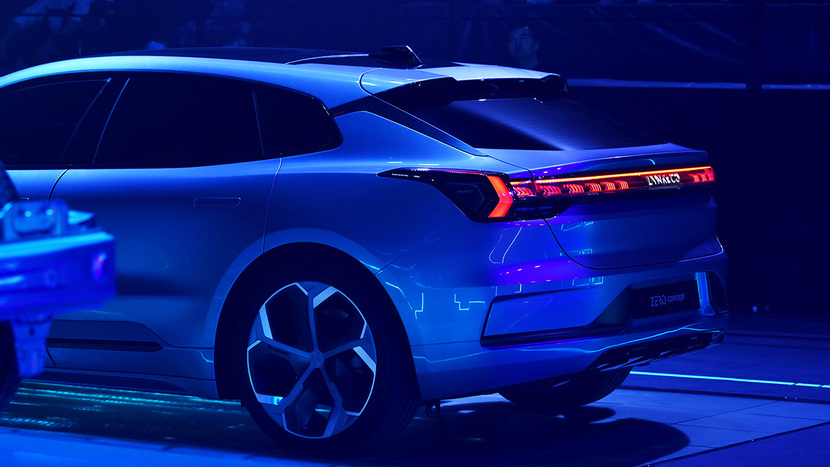
Looking at the profile of the side, the body line is more slender than that of an ordinary hatchback car, but it does not reach the proportion of a station wagon, which is a bit like the scaled-down version of the Porsche Panamera. The through-type tail lights are even more the finishing touch, and the visual effect is much cooler than the tail lights of the Audi A8.
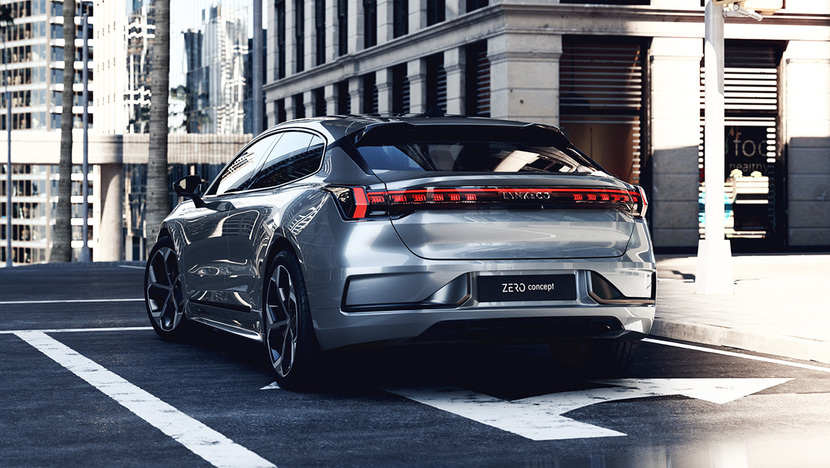
Lynk & Co officially positioned this car as a "luxury pure electric coupe". As for how luxurious the interior is, because the interior has not been officially released, it is not known, but from a fleeting picture in the official video, it can be seen that the center console adopts a new design. The light-colored part is likely to be covered with leather materials, and the overall look is quite a bit of Volvo’s Nordic home style, but in the end, it can only be determined after the interior is released.
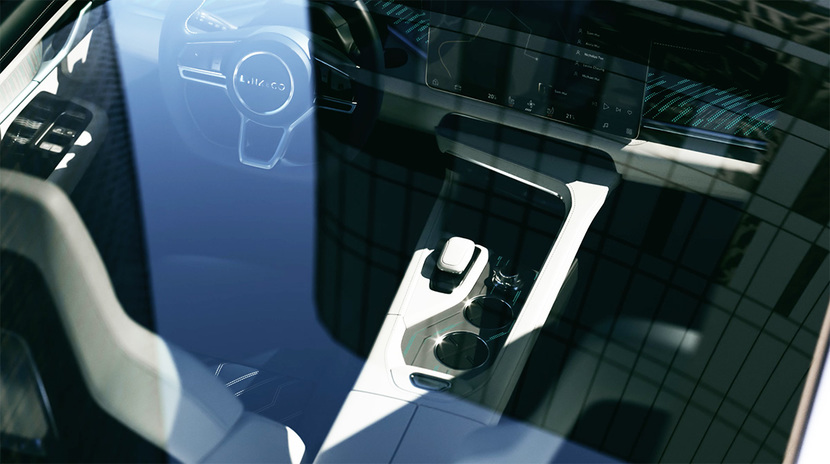
As for whether it could live up to the three words of high performance, the official data released so far was very limited, only revealing that the car used a height-adjustable air suspension and a frameless electric door design. This electric car with a length of more than 5 meters and a wheelbase of nearly 3 meters, the acceleration time of 100 kilometers was controlled within 4 seconds.

When describing this car, there is a sentence that really impresses me. Mr. An Conghui, CEO of Geely Group, said: We don’t make boring smart electric cars.
Just this sentence alone is enough to make people look forward to it. Finally, you might as well leave a message to predict, how much do you think the final price of this production version of the car will be?